Are you wondering what to do with that expired butter sitting in your fridge? Don’t throw it away just yet! With the right techniques, you can still use expired butter in your baking endeavors.
- Expired butter can still be safely used in baking as long as there are no visible signs of expiration or a sour smell.
- Properly storing butter in the refrigerator or freezer can extend its shelf life.
- Salted butter has a longer shelf life compared to unsalted butter.
- By following tips and tricks, you can incorporate expired butter into your baking recipes and add unique flavors to your favorite treats.
- Remember to consider safety precautions and discard butter that has turned rancid.
How to Tell if Butter Has Expired
Before using expired butter in your baking, it’s crucial to determine if it has truly expired. Let’s take a look at the signs that indicate butter has gone bad.
One of the most noticeable signs of bad butter is a sour scent. If your butter smells off or has a rancid odor, it’s best to discard it. Discoloration is another indicator that butter has expired. Fresh butter should have a vibrant yellow color, but if it starts turning gray or develops dark spots, it’s time to let it go. Additionally, the presence of mold is a clear indication that your butter is no longer safe to use.
It’s important to note that expired butter can also become rancid, even if it doesn’t show any visible signs of expiration. Rancidity occurs when the fat in the butter breaks down, resulting in an unpleasant taste. So, if your butter tastes off or has a bitter flavor, it’s best to avoid using it in your baking recipes.
| Signs of Expired Butter | What to Do |
|---|---|
| Sour scent or rancid odor | Discard the butter |
| Discoloration or presence of mold | Do not use the butter |
| Off taste or bitter flavor | Avoid using the butter in baking |
Remember, when in doubt, it’s always better to err on the side of caution and choose fresh butter for your baking needs. Using expired butter can have a negative impact on the taste and quality of your baked goods.
> “Using expired butter can have a negative impact on the taste and quality of your baked goods.”
If you have determined that your butter is still suitable for use, there are a few precautions you can take to ensure its safety in your baking recipes. First, make sure to thoroughly inspect the butter before using it. Check for any signs of spoilage or off odors. Second, consider using the expired butter in recipes where its flavors will be masked or complemented by other ingredients, such as in chocolate chip cookies or brownies. Finally, always bake the resulting goods at the proper temperature to kill any potential bacteria that may be present in expired butter.
Proper Storage of Butter
Proper storage plays a vital role in keeping butter fresh and usable for an extended period. Let’s explore the best ways to store butter for maximum freshness.
When it comes to storing butter, the refrigerator or freezer is your best friend. To preserve its quality, wrap the butter tightly in its original packaging or aluminum foil to prevent it from absorbing any odors from other foods. This will also help protect the butter from potential oxidation.
If you choose to store butter in the refrigerator, place it in the coldest part, which is usually the back of the middle shelf. The colder temperature will delay the breakdown of the fat and maintain the butter’s freshness. It’s important to note that refrigerated butter can last anywhere from a month to a year, depending on its quality and storage conditions.
For longer-term storage, the freezer is your best bet. Before freezing, consider slicing the butter into smaller portions or shaping it into a log for easier portioning later. Wrap the butter tightly in plastic wrap or place it in a freezer-safe container to prevent freezer burn. Frozen butter can last up to a year without sacrificing its quality.
| Storage Method | Shelf Life |
|---|---|
| Refrigerator | 1 month to 1 year |
| Freezer | Up to 1 year |
| Room Temperature | 1-2 days |
While storing butter at room temperature is an option, it’s important to note that it should be used within 1-2 days to prevent it from turning rancid. Additionally, if you choose to store butter on the counter, always keep it covered in a butter dish or wrap it tightly to prevent it from absorbing off-flavors and going bad.
Incorporating Expired Butter in Baking Recipes
Expired butter doesn’t have to go to waste; it can actually add unique flavors and textures to your baked treats. Let’s discover innovative ways to incorporate expired butter into your baking recipes. Whether you’re making cookies, cakes, or pastries, expired butter can enhance the taste and create a delightful twist.
One simple way to use expired butter is by making flavored spreads. Mix softened expired butter with herbs, spices, or even honey to create a delicious spread for your freshly baked bread or muffins. The expired butter will infuse the flavors, giving your baked goods a scrumptious kick.
If you’re a fan of flaky pastries, expired butter can be a game-changer. The higher water content in expired butter can create more layers and a flakier texture in your pastries. Try using expired butter for your pie crusts, croissants, or puff pastry recipes. The result will be a heavenly, buttery goodness that will leave your taste buds wanting more.
| Delicious Baking Recipes using Expired Butter | Recipe Link |
|---|---|
| Chocolate Chip Cookies with a Twist | Link |
| Buttercream Frosting with Infused Flavors | Link |
| Flaky Croissants Bursting with Raisins | Link |
So, don’t throw away that expired butter just yet. Get creative in the kitchen and let your baked goods shine with the unique flavors and textures that expired butter can bring. With a little experimentation and a touch of imagination, your baking recipes will never be the same again!
Using expired butter in baking may require some adjustments to your usual recipes. Here are some helpful tips and tricks to ensure successful baking with expired butter.
1. Assess the expiration date: Before using expired butter, check the expiration date on the packaging. If it is only a few days past the date, the butter may still be safe to use. However, if it has been significantly expired, it’s best to discard it.
2. Test for freshness: To determine if your expired butter is still good, give it a sniff. If it has a sour smell or any off-putting odor, it’s a sign that it has turned rancid and should not be used. Trust your senses and prioritize safety.
3. Adjust quantities: Expired butter may have a higher water content, which can affect the texture and consistency of your baked goods. To compensate for this, you may need to slightly reduce the amount of butter called for in your recipe or make other adjustments, such as adding a bit more flour or using additional binding agents like eggs.
4. Incorporate in flavorful recipes: Expired butter can add a unique and delicious taste to certain baked goods. Consider using it in recipes like shortbread cookies, pie crusts, or biscuits, where the buttery flavor shines through. The natural richness of expired butter can enhance the overall taste of these treats.
- Chill the expired butter: If your expired butter has softened or melted during storage, pop it in the fridge for a while to firm it up. This will help it maintain a better consistency when incorporated into your recipes.
- Grate frozen expired butter: If your expired butter is frozen, try grating it using a cheese grater. This makes it easier to evenly distribute the butter throughout your dough or batter.
- Combine with other fats: If you’re concerned about using expired butter as the sole fat in your recipe, consider combining it with another fat, such as vegetable oil or margarine. This can help provide a more balanced flavor and texture.
- Experiment and taste test: Baking with expired butter can be a fun experiment, but it’s important to taste test your creations along the way. This will help you gauge the impact of the expired butter on the final product and make any necessary adjustments for future baking endeavors.
Remember, using expired butter in baking is a personal choice. While it can be a creative way to repurpose ingredients and add unique flavors to your treats, it’s crucial to prioritize food safety. If you have any doubts about the quality or safety of your expired butter, it’s best to err on the side of caution and choose a fresh alternative.
| Baking Tip | Description |
|---|---|
| Chill the expired butter | If your expired butter has softened or melted during storage, pop it in the fridge for a while to firm it up. This will help it maintain a better consistency when incorporated into your recipes. |
| Grate frozen expired butter | If your expired butter is frozen, try grating it using a cheese grater. This makes it easier to evenly distribute the butter throughout your dough or batter. |
| Combine with other fats | If you’re concerned about using expired butter as the sole fat in your recipe, consider combining it with another fat, such as vegetable oil or margarine. This can help provide a more balanced flavor and texture. |
| Experiment and taste test | Baking with expired butter can be a fun experiment, but it’s important to taste test your creations along the way. This will help you gauge the impact of the expired butter on the final product and make any necessary adjustments for future baking endeavors. |
Baking Safety Precautions with Expired Butter
While it is generally safe to use expired butter in baking, it’s essential to take certain precautions to ensure food safety. Let’s explore the necessary steps to minimize any potential risks.
Firstly, always thoroughly inspect your expired butter before using it in baking. Check for any signs of mold, discoloration, or an off smell. If you notice any of these indications, it’s best to discard the butter, as it may be spoiled and could pose a health risk.
Secondly, when using expired butter, it’s crucial to compensate for any potential loss of freshness or flavor. Consider adding additional ingredients or flavors to enhance the taste of your baked goods. For example, incorporating stronger flavors like vanilla extract, spices, or citrus zest can help mask any off-notes that may come from using expired butter.
Lastly, pay attention to proper food handling and hygiene practices when working with expired butter. Ensure that your baking utensils and equipment are clean and free from any contaminants. It’s also important to maintain good hand hygiene throughout the baking process to prevent any cross-contamination.
By following these baking safety precautions, you can confidently use expired butter in your baking without compromising food safety. Just remember to assess the quality of the butter, adjust your recipe accordingly, and practice good hygiene. Enjoy experimenting with expired butter and let your creativity shine through in your baked treats!
| Signs | Description |
|---|---|
| Off smell | A sour or rancid odor that indicates the butter has gone bad. |
| Discoloration | Unusual color changes, such as yellowish or brownish spots on the butter. |
| Mold | Visible mold growth on the surface of the butter. |
Recipes That Work Well with Expired Butter
Ready to put your expired butter to good use? Here are some delectable recipes that will allow you to make the most out of your expired butter in baking:
- Classic Chocolate Chip Cookies: Whip up a batch of everyone’s favorite cookies using your expired butter. The rich and slightly nutty flavor from the expired butter will add an extra layer of deliciousness to these timeless treats.
- Flaky Pie Crust: Transform your expired butter into a flaky pie crust that will leave your guests impressed. The butter’s unique flavor will enhance the crust’s taste, making it the perfect base for your favorite fruit or custard-filled pies.
- Buttercream Frosting: Create a luscious buttercream frosting by using your expired butter. The slightly tangy notes that develop in expired butter can add a delightful twist to this classic frosting, elevating any cake or cupcake.
- Savory Scones: Who says expired butter is only suitable for sweet treats? Use it to make savory scones packed with cheese, herbs, or even bacon. The aged butter will enhance the richness of these delicious, crumbly treats, making them an excellent addition to any brunch spread.
Now that you have a selection of recipes, it’s time to get baking! Remember to check your expired butter for any signs of spoilage before using it, and always trust your senses. Enjoy the unique flavors and creativity that expired butter can bring to your baked goods!
- When using expired butter in recipes, be mindful of its potential impact on texture and consistency. If your expired butter is particularly soft or melted, consider reducing the amount of additional liquid in your recipe to maintain the desired texture.
- For recipes that require creaming butter and sugar together, softened expired butter can still work well. However, note that the expired butter may not incorporate as much air as fresh butter, resulting in denser baked goods.
- If your recipe calls for unsalted butter and all you have is expired salted butter, simply reduce the amount of added salt in the recipe to compensate.
- Experiment with different baking recipes to find the ones that complement the flavors of expired butter the best. From cookies and cakes to bread and pastries, the possibilities are endless!
| Recipe | Ingredients | Instructions |
|---|---|---|
| Classic Chocolate Chip Cookies |
|
|
Other Culinary Uses for Expired Butter
Expired butter isn’t limited to just baking; it can also elevate your savory dishes. Let’s discover the versatile culinary uses for expired butter in cooking.
When it comes to cooking with expired butter, the possibilities are endless. The rich, nutty flavor that develops in expired butter can add depth to your favorite recipes. One popular use is making a compound butter by combining expired butter with herbs, spices, or garlic. This compound butter can then be used to enhance the flavor of grilled meats, steamed vegetables, or even spread on warm bread.
Another delicious way to utilize expired butter is by using it in your sautéed dishes. The high fat content in butter makes it perfect for creating a rich and flavorful base for frying or sautéing ingredients. Whether you’re making a stir-fry, sautéed mushrooms, or seared scallops, using expired butter can give your dish a unique and indulgent taste.
One of my personal favorite ways to incorporate expired butter in cooking is by using it to make a creamy sauce or dressing. By melting expired butter and combining it with other ingredients like lemon juice, mustard, or vinegar, you can create a velvety sauce that pairs perfectly with seafood, pasta, or roasted vegetables. The natural richness of the expired butter adds a luxurious touch to any dish.
The Perfect Pairing: Expired Butter and Roasted Veggies
If you’re a fan of roasted vegetables, you’ll be amazed at how expired butter can take them to the next level. The rich flavor of expired butter pairs beautifully with the caramelized sweetness of roasted vegetables, creating a mouthwatering combination. Simply toss your favorite veggies in melted expired butter, sprinkle with salt and pepper, and roast them in the oven until tender. The result is a side dish that’s bursting with flavor and guaranteed to impress your dinner guests.
| Expired Butter Roasted Vegetables | Ingredients |
|---|---|
| 1 pound mixed vegetables (carrots, broccoli, cauliflower, etc.) | 2 tablespoons melted expired butter |
| 1 teaspoon salt | 1/2 teaspoon black pepper |
| Instructions |
|
Expired butter opens a world of possibilities in the kitchen, allowing you to transform simple dishes into extraordinary culinary creations. So the next time you come across a stick of expired butter, don’t throw it away—give it new life in your savory recipes and savor the incredible flavors it brings.
Using expired butter in baking can result in unique flavors and textures. Let’s dive into the experience of enjoying baked goods made with expired butter.
“I love using expired butter in my baking because it adds a rich and slightly tangy flavor to my creations. It gives my cookies a deeper, more complex taste, and my cakes become wonderfully moist. The unique qualities of expired butter truly elevate my baked goods to another level.”
When incorporating expired butter into your recipes, it’s important to remember that the flavors may vary depending on the age and quality of the butter. Sometimes, using butter that has just passed its expiration date will still result in delicious treats. Other times, butter that has been in the refrigerator for an extended period may have a stronger flavor profile. Experimenting with different expiration dates and types of butter can lead to exciting culinary discoveries.
One of my favorite recipes to make with expired butter is a classic chocolate chip cookie. The combination of the butter’s unique taste and the gooey chocolate chips creates a delectable treat that is sure to please any dessert lover. The slight tanginess of the expired butter adds an extra dimension of flavor that elevates the cookies to a whole new level of deliciousness.
| Recipe | Ingredients | Instructions |
|---|---|---|
| Expired Butter Chocolate Chip Cookies |
|
|
So, don’t be afraid to embrace the unique qualities of expired butter in your baking. It can transform your favorite recipes into something truly special. Just remember to use your senses to determine if the butter is still suitable for use, and enjoy the delightful flavors and textures that expired butter can bring to your baked goods!
When to Discard Butter
While expired butter can often be used safely in baking, there are instances where it’s best to discard it. Let’s explore when it’s time to say goodbye to expired butter.
One of the key indicators that your butter has gone bad is the presence of a sour smell. If your butter emits an unpleasant odor, it’s a clear sign that it has turned rancid and should not be used. Additionally, if you notice any discoloration or mold on the surface of the butter, it’s best to discard it immediately.
Another factor to consider is the duration of expiration. If your butter has been expired for an extended period, it’s safer to err on the side of caution and dispose of it. While the risk of consuming expired butter is generally low, consuming excessively old or spoiled butter can lead to foodborne illnesses.
Remember, when it comes to the quality and safety of your baked goods, fresh ingredients are always the best choice. If you have any doubts about the freshness of your butter, it’s better to be safe than sorry and opt for a new package.
| Signs of Expired Butter: | When to Discard: |
|---|---|
| Sour smell | Immediately |
| Discoloration or mold | Immediately |
| Expired for an extended period | Preferably |
Conclusion
Using expired butter in baking can be a brilliant way to reduce waste and add unique flavors to your treats. With the right knowledge and precautions, you can confidently incorporate expired butter into your baking adventures.
It’s important to be able to differentiate between butter that has truly expired and butter that is still safe to use. Signs of bad butter include a sour scent, discoloration, or mold. If you notice any of these signs, it’s best to discard the butter. However, if your expired butter still looks and smells fine, it can be safely used in your baking recipes.
When using expired butter, proper storage is crucial. Wrapping it tightly and storing it in the refrigerator or freezer will help extend its shelf life. Salted butter has a longer shelf life compared to unsalted, so keep that in mind when using expired butter.
Get creative with your expired butter! Try incorporating it into your favorite baking recipes to bring out new and interesting flavors. From cookies to cakes, expired butter can add a rich and distinctive taste to your treats.
Remember to take necessary precautions when using expired butter. While it’s generally safe to use, it’s important to minimize any potential risks of foodborne illnesses. Use proper measurements, make necessary substitutions, and adjust your recipes accordingly to ensure the best results.
So don’t let that expired butter go to waste! With the right knowledge and precautions, you can turn it into a flavorful addition to your baking creations. Enjoy the unique taste and contribute to reducing food waste at the same time.
FAQ
Q: Does butter expire?
A: Yes, butter does expire, but how long it lasts depends on how it is stored.
Q: How long does butter last?
A: Butter should generally last until the expiration date on the box or wrapper. If stored in the refrigerator or freezer, it could last anywhere from a month to a year.
Q: What happens to butter when it goes bad?
A: The breakdown of the fat inside the butter causes it to go bad. Signs of bad butter include a sour scent, discoloration, or mold.
Q: Can I still use expired butter?
A: It is generally safe to use expired butter as long as there are no visible signs of expiration or a sour smell.
Q: How should I store butter?
A: Butter should be tightly wrapped and stored in the refrigerator or freezer. It can also be stored on the counter, but it should be used within a day or two to prevent it from turning rancid.
Q: Does salted butter have a longer shelf life?
A: Yes, salted butter has a longer shelf life compared to unsalted butter.

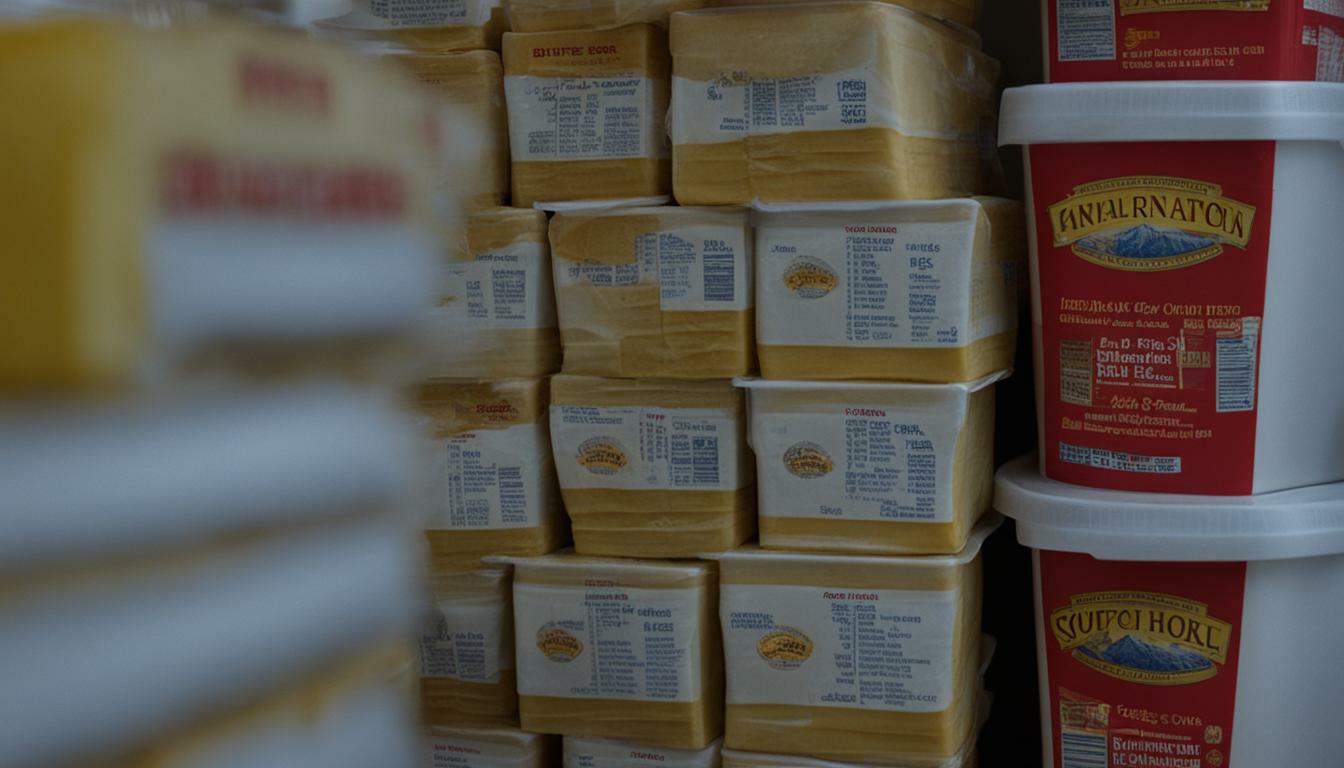
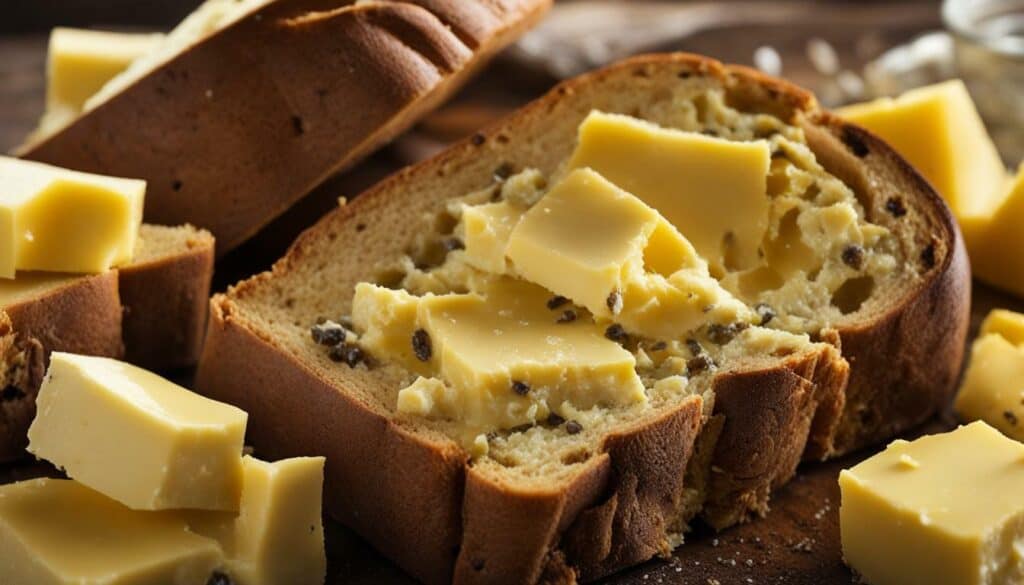
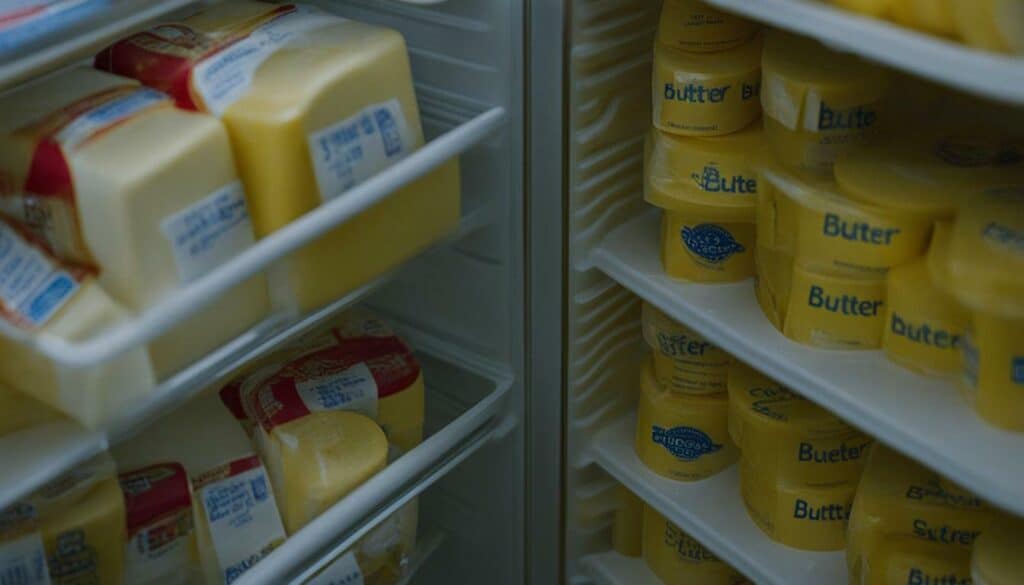
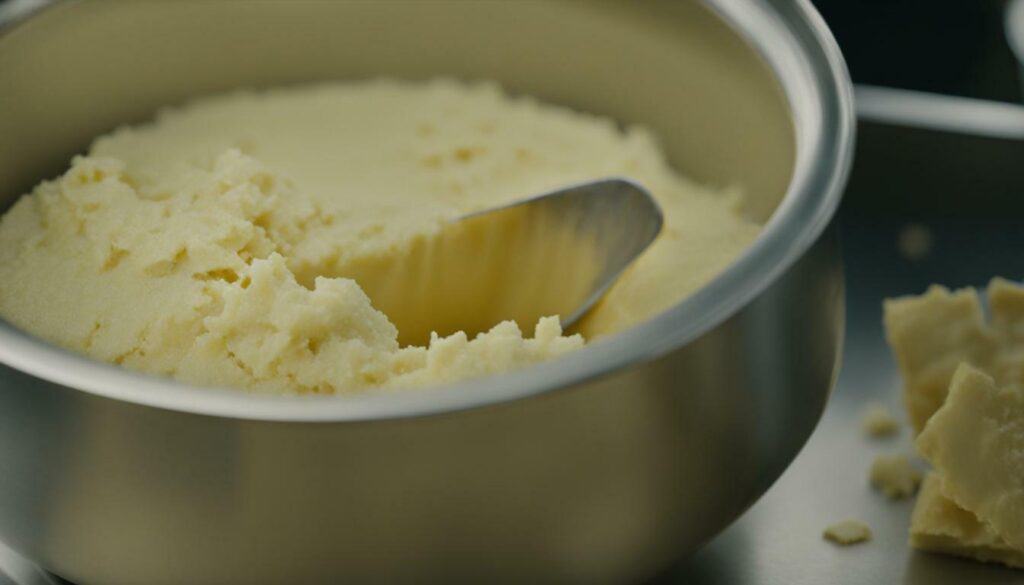
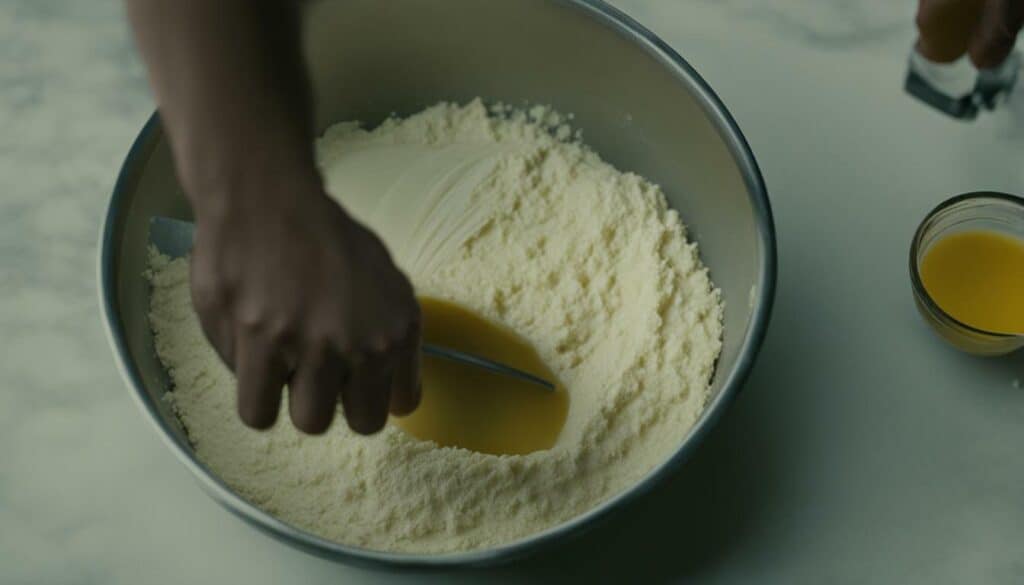

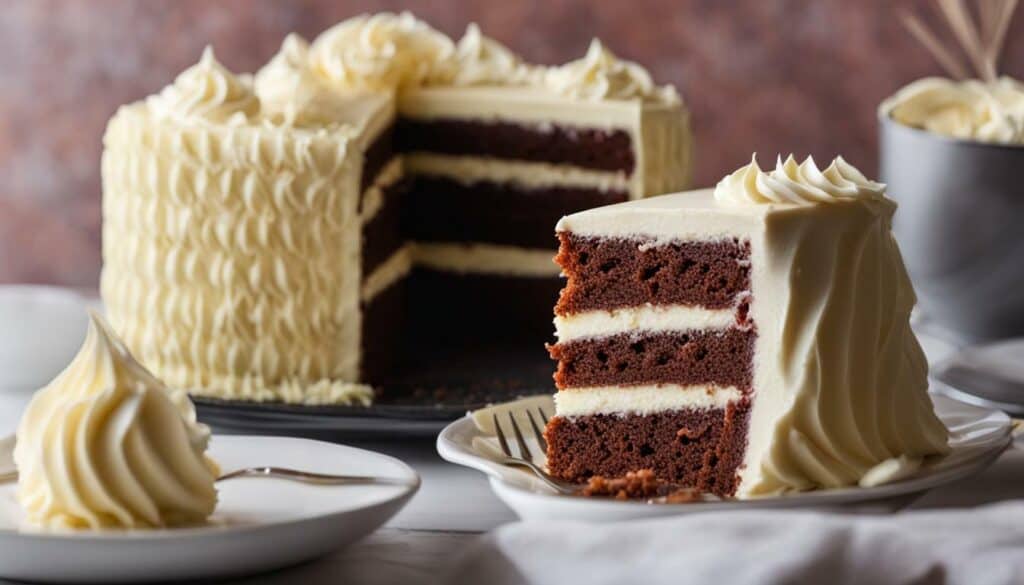

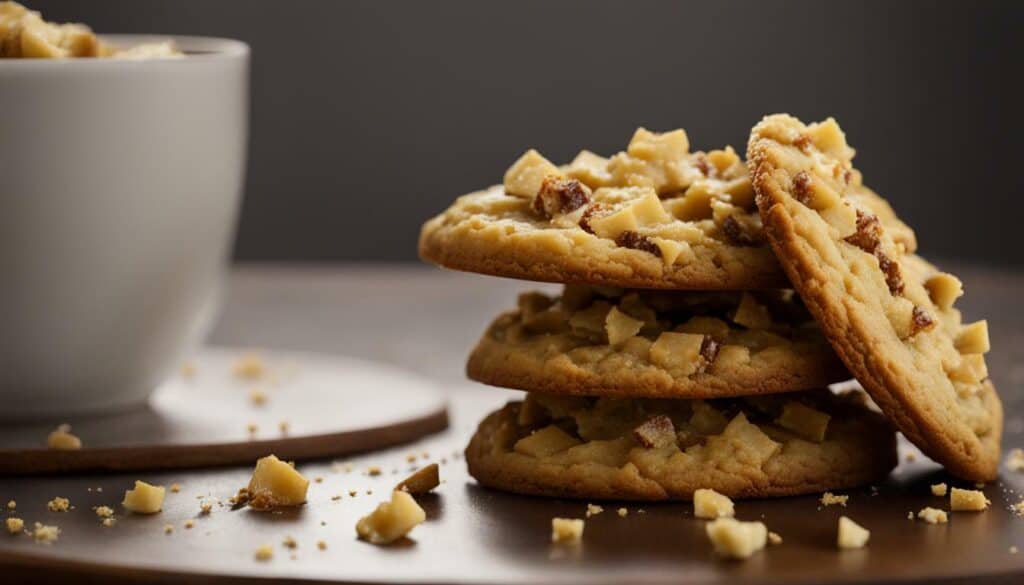
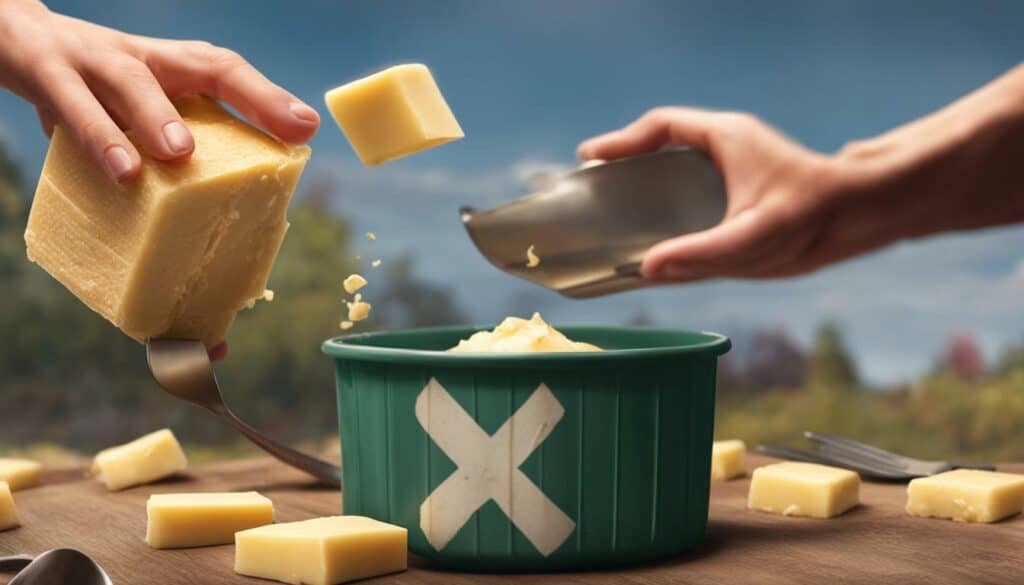



Leave a Reply